For more than 15 years, entomologist and professor Douglas Tallamy has been telling gardeners how they can sustain wildlife in their own backyards through his books, public speaking, and the non-profit he founded Homegrown National Park. For his latest, How Can I Help?, Tallamy tackles the questions commonly asked at his lectures. Below, he shares how to get started.
Excerpted and adapted from How Can I Help?: Saving Nature with Your Yard by Douglas Tallamy, out today from Timber Press.
At the hundreds of lectures I’ve given about backyard conservation, I have discovered that most people want to help fight the biodiversity crisis, but they feel powerless to do so. What can one person do? A lot, actually.
In my book, you will learn that by reducing the area of lawn, favoring the use of keystone native plants, replacing white light bulbs with yellow bulbs in outdoor fixtures, firing your mosquito fogger, planting for specialist pollinators, retaining the leaves that fall from your trees each year, removing the invasive plants on your property, and much more, you can totally revitalize ecosystem function on your property and enhance your surrounding ecosystem instead of continuing to degrade it. Here’s how you can help:
Plant keystone species.
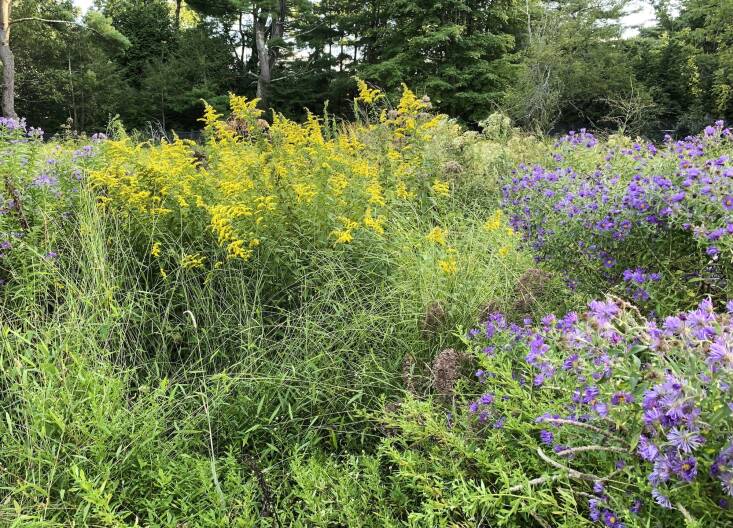
We now know that just 14 percent of our native plant species support 90 percent of the caterpillars that drive local food webs. We call these powerhouse plants “keystone species” because they are essential components of every landscape. The amount of available sun may dictate which ones you favor. If your yard is already heavily shaded, you probably don’t need to add a keystone tree species (unless your shade is coming from Norway maples or some other non-natives). But you could add a patch of goldenrod or native asters in a sunny spot, even if it’s a small patch. And don’t forget the container gardening option. Mobile containers planted with flowering natives can be placed in any area with a bit of sun. If you have the opposite situation—all sun and few to no trees—you may have plenty of room to create a diverse pollinator garden and add an oak or two. It will be years before that oak shades out your pollinator garden.
Aim for continuous bloom.
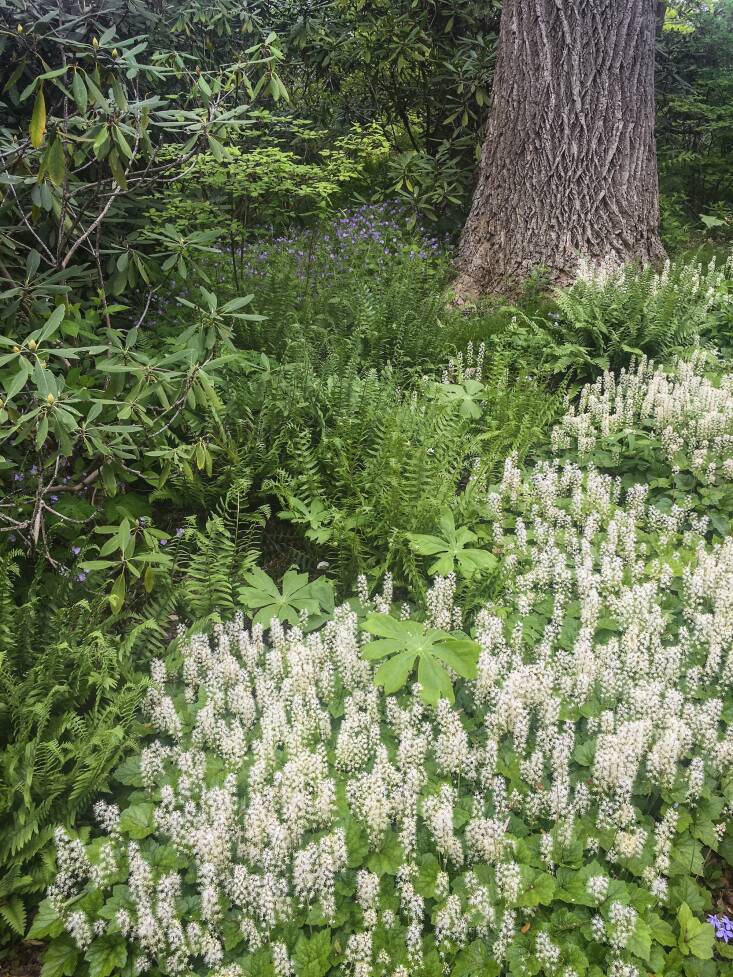
Perhaps the most challenging aspect of pollinator garden design is selecting plants that will flower in sequence throughout the season. For example, in southeast Pennsylvania, species such as native willows, redbud, serviceberry, wood poppies, and American plum, as well as numerous spring ephemerals, provide early spring forage. Phacelias, fringe tree, blueberries, silverbell, black cherry, coral honeysuckle, wild geraniums, viburnums, and black locusts bloom in late spring. Bee balm, native roses, black-eyed Susans, various milkweed species, bottlebrush buckeye, winterberry, and Virginia creeper flower in early summer. Buttonbush, sweet pepperbush, evening primrose, Joe Pye weed, ditch daisy, and perennial sunflowers bloom in midsummer. And, finally, various goldenrods, New York ironweed, and native asters flower in fall.
This robust list of examples blooms in sequence in my yard, but it’s still only a fraction of the species you could have in your yard to create a seasons-long sequence of blooms. If you don’t have enough space to plant species that provide blooms all season, you might be able to collaborate with one or two neighbors!
Note that many of these sources of pollen and nectar are woody plants. Woodies are often overlooked when designing pollinator gardens. Another important point is that not all plants important for pollinators produce big, showy flowers. Virginia creeper and winterberry (in fact, all of the native hollies), for example, have tiny, inconspicuous flowers that you don’t even notice until you see all of the native bees hovering around them. Pollinator gardens should be primarily designed for pollinators; if they are not always award-winning splashes of color for us, well, that’s alright.
You don’t have to remove non-native ornamentals.
I recommend creating landscapes that are dominated by productive native plants (approximately 70-percent native). But that doesn’t mean there is no room for attractive ornamentals such as Japanese maple, Asian cherries, camellias, forsythia, or any of the other non-native ornamentals that are not serious invasives. All of the plants I’ve mentioned have been employed as ornamentals in the United States for well over a century without exhibiting the traits that make plants invasives. So if your yard is populated only with non-native ornamentals, you can indeed remove some and replace them with oaks, birches, hickories, and other natives. But my guess is you can reach the native dominance I recommend by adding keystone natives without removing anything but some lawn.
Create soft landings
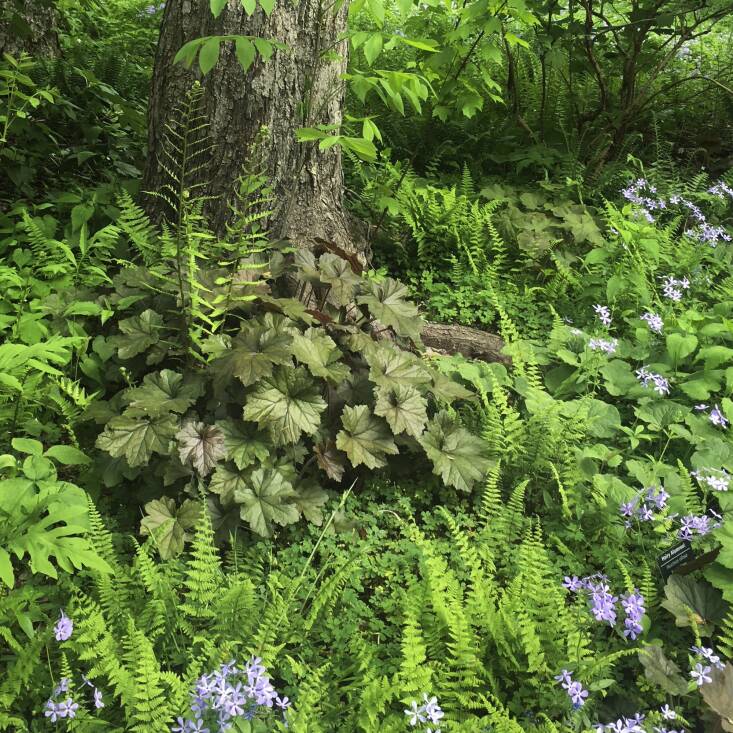
If you are adding trees, you can plant right through your lawn, but making a lawn-free bed under your new tree, even if it is just 3 inches tall, is highly recommended. That is a great way to reduce the area of lawn in your yard and to create a soft landing for the caterpillars that will develop on your tree. Your new trees will grow faster than you think and justify that new bed before you know it.
Reduce your lawn gradually.
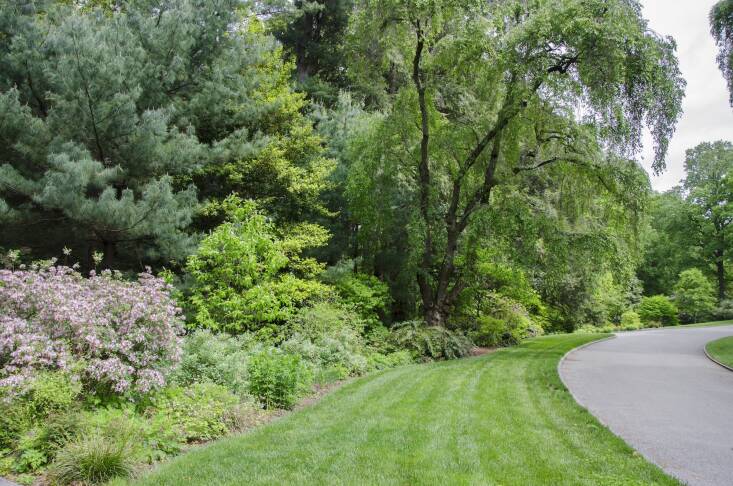
Creating soft landings is also a smart way to start reducing the area of lawn you have over time. As your tree grows, you can expand the bed at least to the dripline. This reduces the amount of work needed to remove lawn because it spreads the effort out over time, and it’s less of a visual shock to your neighbors. As I write, I am looking out my window at an oak tree I planted from an acorn 22 years ago. It now has a canopy spread of 40 feet and covers a bed beneath it with an area of 1,247 square feet. In effect, adding that one tree to my yard has reduced my lawn area by 1,247 square feet, with no labor on my part!
Use strategic “cues for care.”
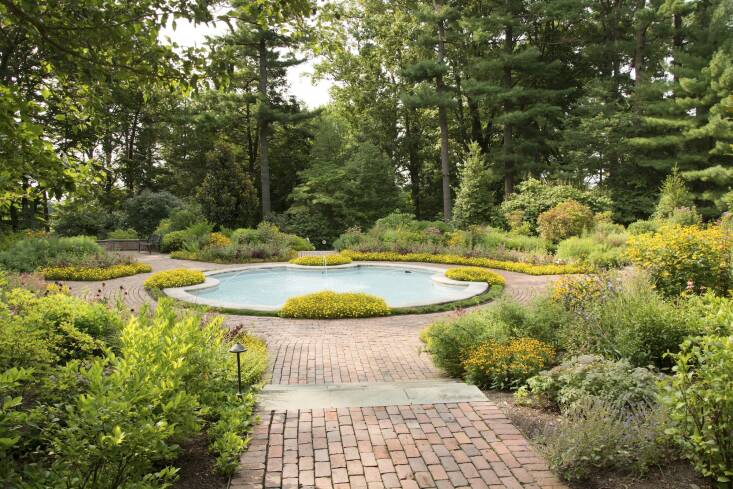
The impression that ecologically productive landscapes are “messy” or neglected does not come from the plant species in those spaces. North American native plants are used in the formal gardens of Europe every day. And the non-native ornamentals we love so much in this country grow wild and untamed in their native lands. Formality comes from how the plants are arranged in the landscape—that is, the landscape design—and how the turf grass that is retained is maintained. The key, then, is to maintain (mow) the grass we keep and use it artfully as a “cue for care.” Line the driveway, the sidewalk, and new beds with swaths of manicured lawn. Well-planted areas bordered by mowed turf are readily accepted by neighbors and others because it is easy to see that they are intentional designs, not the result of neglect.
Don’t neglect small spaces.
Several studies clearly demonstrate the benefits of small home pollinator gardens to local pollinators. Container gardening with flowering plants needed by specialist bees and migrating monarchs can turn a lifeless building into an important resource for these creatures. Many natives do well in patio pots, including Joe Pye weed, various milkweed species, and asters. City dwellers can also adopt a tree on the grounds of their apartment or condominium and, with permission from the superintendent or HOA, create and maintain a large bed under the tree.
Get your neighborhood on board.
The best way to recruit neighbors to join in the efforts to create more native habitat is to build a landscape that is simultaneously beautiful and ecologically functional. You are fighting a long-standing cultural norm that has erected big lawns as one of our most important status symbols. One approach that is surprisingly well-received is a sign designating parts of your property as “habitat.” National Wildlife Federation, Homegrown National Park, Audubon, and other groups all can provide signs to post in your yard to explain that your native gardening style is intentional and that it will help the ecosystem your neighbors depend on—as well as our beleaguered pollinators, birds, butterflies, and more. We need everyone doing their part!
See also:
- Ask the Expert: Doug Tallamy Explains Why (and How to) Leave the Leaves
- Ask the Expert: Edwina von Gal, on How to Help the Birds
- The Garden Decoder: What Is a ‘Soft Landing’?
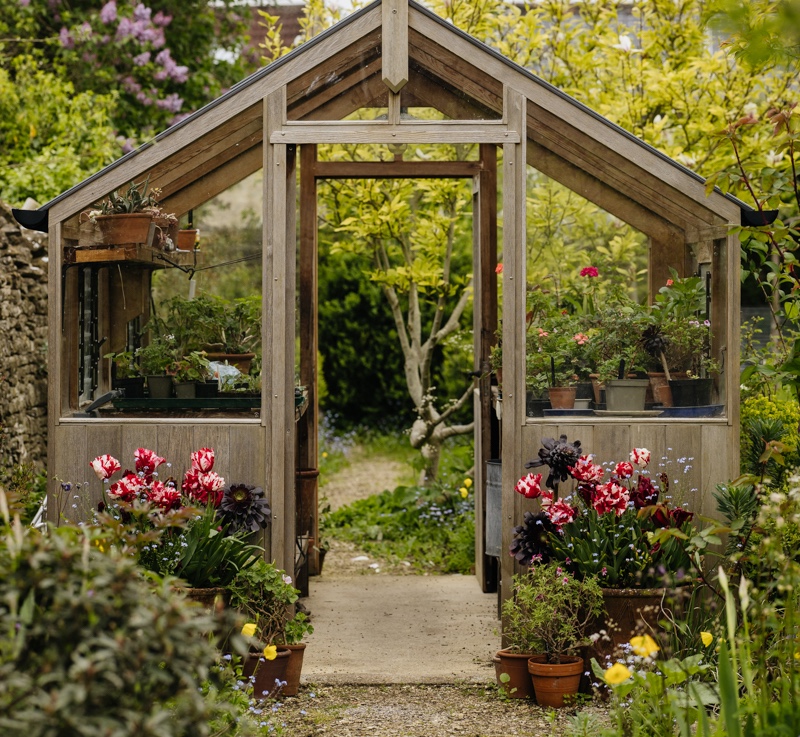

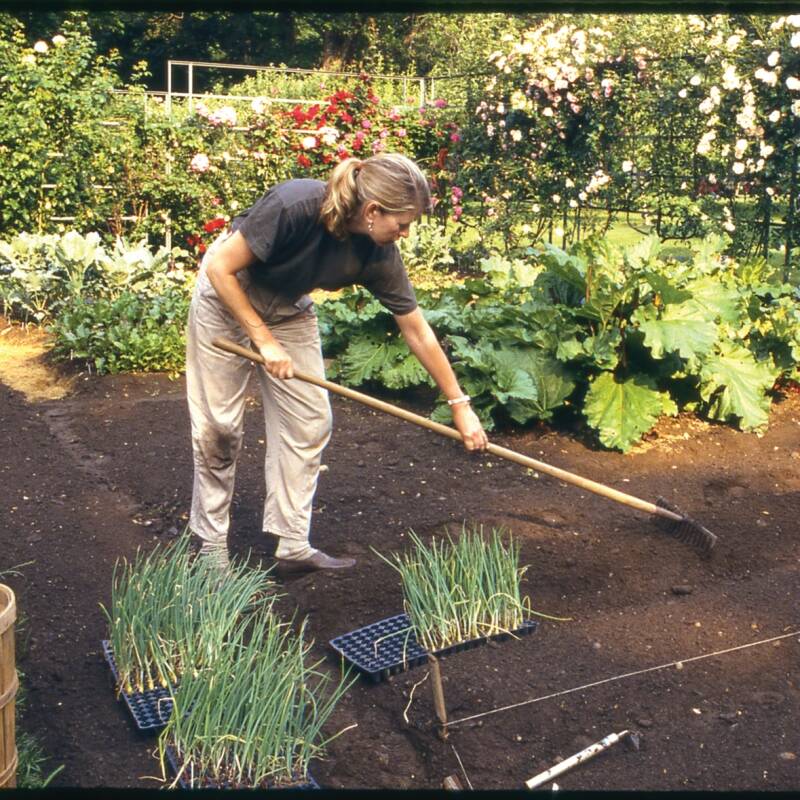







Have a Question or Comment About This Post?
Join the conversation (0)